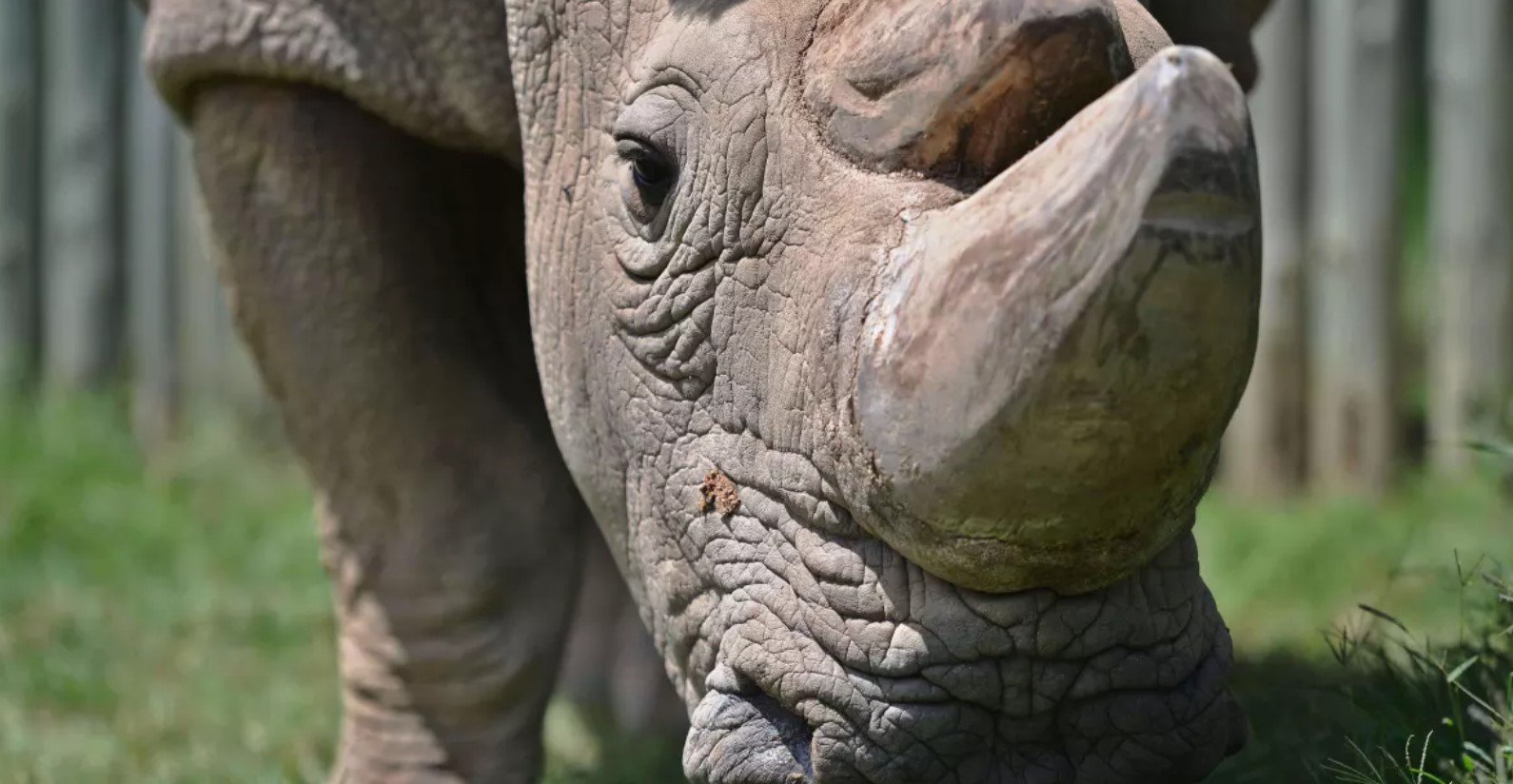In a groundbreaking move, Colossal Biosciences, a Texas-based biotechnology and genetic engineering company, is spearheading efforts to bring back several iconic extinct species. These include the dodo, the Tasmanian tiger, and the woolly mammoth. The goal is to enrich biodiversity, replenish vital ecological roles, and bolster ecosystem resilience. However, experts caution that such ambitious projects come with significant risks and uncertainties, questioning whether humanity can truly control the technologies involved.
The Promise of De-Extinction
Colossal Biosciences aims to revive species that have long been extinct. The dodo, once native to Mauritius, vanished in the late 17th century due to human activities. The Tasmanian tiger, or thylacine, was last seen in the 1930s. The woolly mammoth, which roamed the Earth during the Ice Age, disappeared thousands of years ago. By using advanced genetic engineering techniques, scientists hope to reintroduce these species into their natural habitats.

The potential benefits of de-extinction are vast. Restoring these species could help fill ecological niches that have remained empty for centuries. For instance, the woolly mammoth could play a crucial role in maintaining Arctic ecosystems by promoting grassland growth. Similarly, the reintroduction of the dodo could help restore the balance of the island ecosystems it once inhabited.
Despite the excitement, there are significant challenges. The process of de-extinction is complex and fraught with ethical and ecological concerns. Critics argue that resources might be better spent on conserving existing endangered species rather than reviving those that have already disappeared.
Ethical and Ecological Concerns
The ethical implications of de-extinction are profound. Some conservationists believe that bringing back extinct species could divert attention and resources from protecting endangered species that still have a chance of survival. They argue that the focus should be on preserving the biodiversity we currently have rather than attempting to recreate what has been lost.
Ecologically, the reintroduction of extinct species poses numerous risks. These species may not adapt well to modern ecosystems, which have changed significantly since their disappearance. There is also the potential for unforeseen consequences, such as the disruption of current ecological balances and the introduction of new diseases.
Moreover, the hubris of believing we can control such advanced technology is a significant concern. As Oswald Schmitz, a professor of population and community ecology at Yale University, points out, the assumption that humans can manage these technologies without catastrophic outcomes is questionable. The long-term impacts of de-extinction efforts remain uncertain, and caution is advised.
The Future of Biodiversity
Looking ahead, the future of biodiversity could be dramatically altered by de-extinction technologies. If successful, these efforts could pave the way for the revival of other extinct species, potentially transforming ecosystems around the world. However, this future is not without its risks and challenges.
The success of de-extinction projects will depend on careful planning, ethical considerations, and ongoing research. Scientists must ensure that revived species can thrive in their new environments and that their reintroduction does not harm existing ecosystems. Collaboration between geneticists, ecologists, and ethicists will be crucial in navigating the complexities of de-extinction.
Ultimately, the goal of de-extinction should be to enhance biodiversity and ecosystem resilience. While the prospect of seeing woolly mammoths and dodos once again roaming the Earth is exciting, it is essential to approach these projects with caution and humility. The balance between innovation and conservation must be carefully managed to ensure a sustainable and thriving future for all species.



































